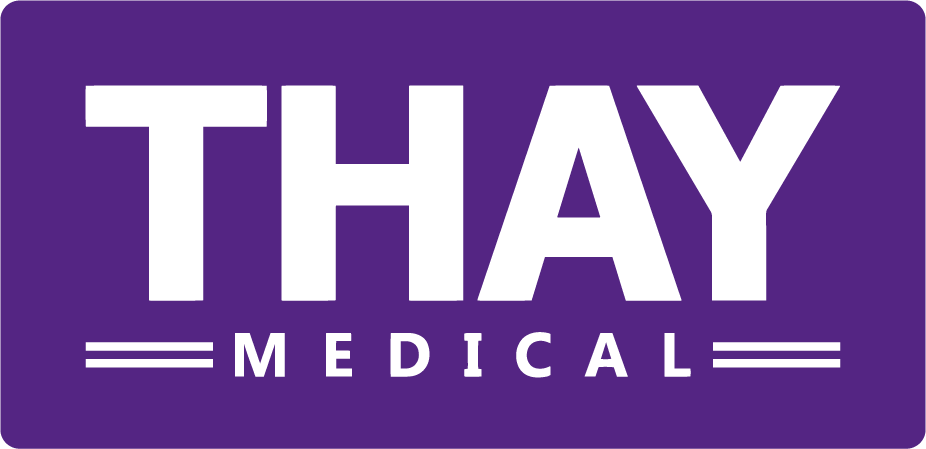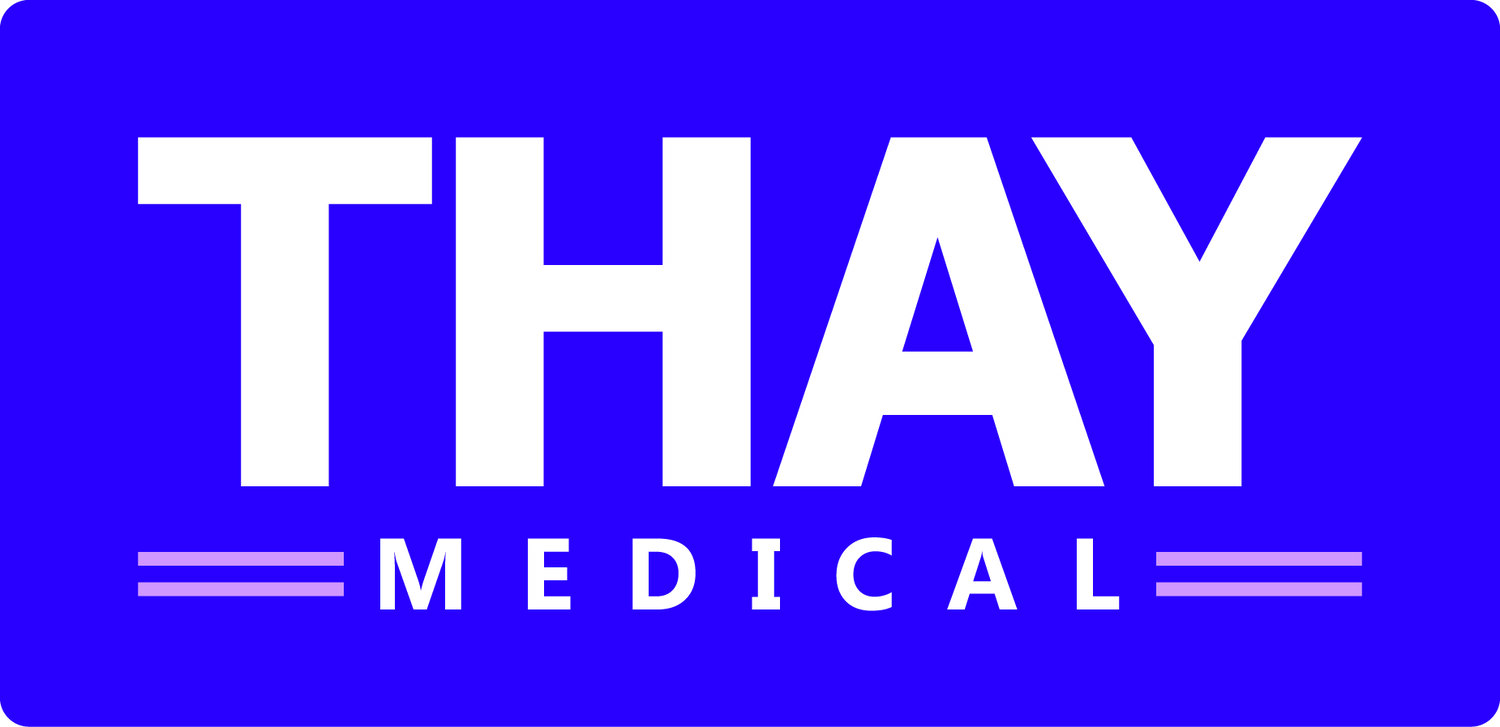ISO 15223 – Helpful or Confusing?

Recently the International Standards Organisation revised the standard ISO 15223 to include twenty-five new symbols for use on medical devices user interfaces – labeling, websites, medical devices, software, user manuals, Instructions for Use and packaging. This has been needed to ensure that medical device manufacturers continuously are kept up to date with the needs of the user – it is the user that needs to know specific information about the medical device and how to interact with it. Additionally, since symbols eliminate the need for translation of instruction, they are applicable globally.
So, the labeling that is printed or displayed on medical devices is vital to be understood by the person interacting with it – the user. This is what human factors engineering focuses upon – the user.
With all things new, every human being on the planet needs to adapt to the change and learn the thing that is new. We all do this in different ways, and we all take different amounts of training and learning to understand and act accordingly to the new thing. The labeling on a medical device is quite often carrying risk. It is used to convey information to the user about how to use the medical device, how to not use the medical device, how to store the medical device or how it was manufactured. So, let’s do a short test on some new medical device symbols that are included in the new version of ISO 15223:2021.
What do the following symbols mean?




- Deliverer
- Importer
- Factory Location
- Circular packaging
- Keep contents secure
- Single Sterile Barrier System
- Circular packaging with outer layer
- Single Sterile Barrier System with protective packaging outside
- Do not shake contents
- For use with a computer
- Patient Information available online
- Patient Information Website
The answers are at the end by the way!Our interpretation of symbols is quite often driven by strong mental models from our experiences and education. We often rely on what we have learnt from other devices and products that we interact with regularly. The ON/OFF symbol used on any electronic device such as a television remote control is universally accepted and adopted. Any electronic medical device uses the same symbology and we have learnt this consistency between consumer and medical devices. But when we introduce new symbols, there is going to be a learning curve, a forgetting curve (Ebbinghaus’s as an example), and a time required to accept the change.What the above symbols mean to each person, each potential medical device user, is going to vary. We want to ensure consistency and easy comprehension, so that at a glance, the reader, the user can interpret the meaning correctly and act accordingly. We test this a lot in Human Factors Engineering. Regularly there are symbols used on packaging, on devices, displays and labeling that have the potential for moderate or critical levels of harm. This is assessed in Human Factors risk assessment and is verified or validated in Human Factors studies. As a trend, we see users vary in their interpretation of symbols, but most people guess closely to the meaning of a symbol or guess correctly when there is context. Without context, then their guesses will be similar to the ones above – and a good percentage of you will do the following –
- A large percentage of you, dear readers, will just guess the meaning
- A small percentage won’t even try to guess the meaning
- A smaller percentage will buy ISO 15223:2021 and find out their meaning.
Regardless, there are new symbols in this new revision of this standard that will affect the user in the future. As medical device manufacturers start to implement the new revision, the above symbols will appear on labels and on user interfaces for the intention of informing the user of something, to reduce the potential for harm and to ensure compliance to ISO 15223: 2021. Then what will happen? Predictably, there will be some confusion, especially with the users that will just guess the meaning. We will see this in Human Factors studies. There will be some users who will not care and thus carry with them the potential risk of harm, and then there are the users who we love who will ask “where in the user manual are these explained?” These users will comprehend accurately the meanings of the new symbols and be the safest users of the medical device. We all want safe use of medical devices. So there are some new symbols that will appear soon on medical device user interfaces – labels, packaging, websites, in software, User Manuals, Instructions for Use and on medical devices themselves. There are going to be challenges in the interpretation of some of these symbols – but which ones may only be determined in Human Factors studies. Failure of correct comprehension though may result in user or patient harm, and this is more serious depending upon the medical device and its intended use. At the end of the day, we all want to understand how to use things correctly, and symbology is vital in helping us to do this. We just have to understand what symbols mean and act accordingly, but with any change there is likely to be confusion - at least initially until they become second nature. Before emoji's we used words, and shortcuts :) - but now we all know what most emoji's mean through using them. And with these new symbols, in time, we will learn them and use them until they become second-nature. And then it is likely we will have to learn even more symbols for medical devices in the next revision of ISO 15223..Finally, did you guess correctly?



Importer
Single Sterile Barrier System.
Single Sterile Barrier System with protective packaging outside
Patient Information Website
Reference source: https://www.iso.org/standard/77326.htmlISO 15223:2021 - Medical Devices - Symbols to be used with information to be supplied by the manufacturer Part 1: General requirements. If you want to know more, then either purchase the standard online and have an enjoyable read or contact us to understand further. We hope you enjoy reading our blog posts!The staff at THAY Medical

